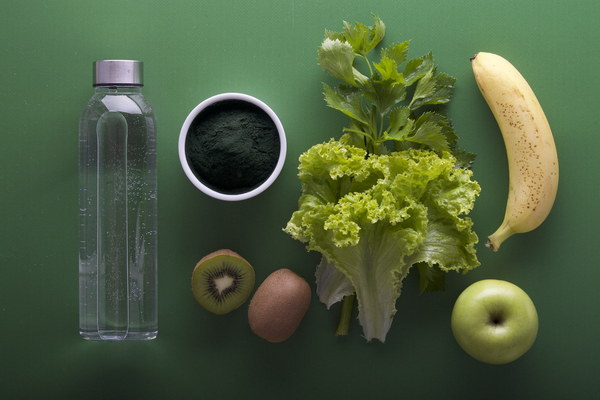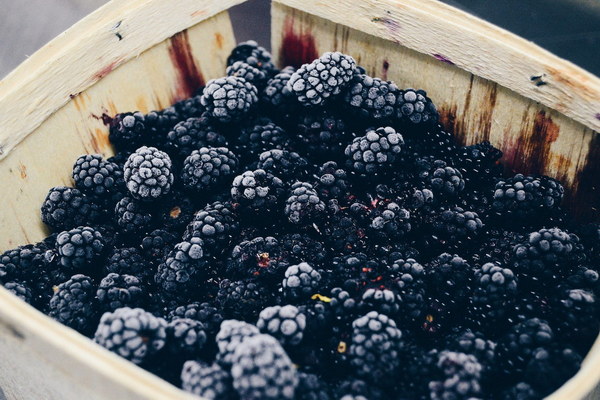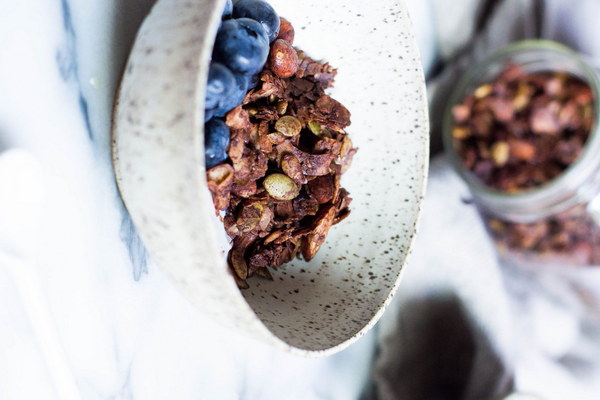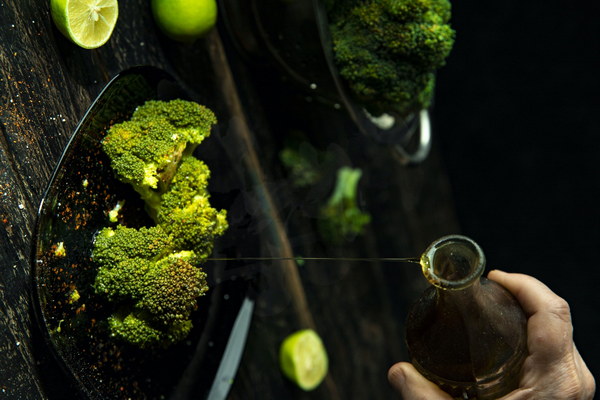Mastering Root Development A Comprehensive Guide to Propagating Flowers
The process of propagating flowers can be both rewarding and challenging. One of the most crucial stages in this process is ensuring that the new plants develop robust roots. Root development is the foundation of a healthy and vigorous plant, determining its ability to absorb water and nutrients. This article delves into the art of cultivating roots in flowers, offering tips and techniques to ensure a successful propagation experience.
Understanding Root Development
Before diving into the specifics of promoting root growth, it's essential to understand the basics of root development. Roots are responsible for anchoring the plant, absorbing water, and storing nutrients. They grow from the root tips, which are highly sensitive to environmental cues. Proper root development depends on several factors, including soil conditions, temperature, light, and moisture levels.
Choosing the Right Soil
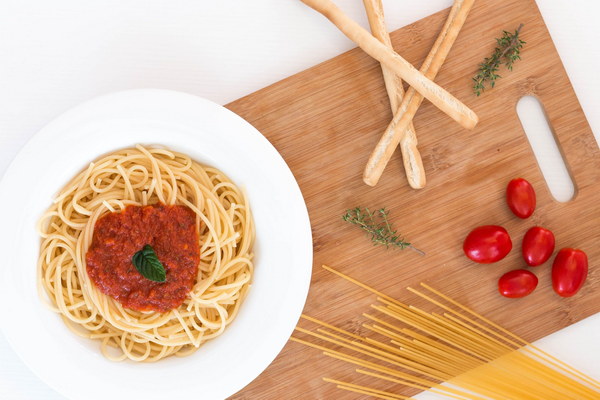
The first step in fostering root development is selecting the right soil. Well-draining soil is crucial, as waterlogged soil can lead to root rot and inhibit growth. For propagating flowers, a mix of potting soil and perlite or vermiculite is ideal. This combination provides the necessary aeration and moisture retention, promoting healthy root development.
Temperature Control
Temperature plays a vital role in root development. Most plants prefer temperatures between 65°F and 75°F (18°C to 24°C) for optimal root growth. If the soil temperature is too low, roots will grow slowly or may not develop at all. Conversely, temperatures that are too high can scorch roots and lead to plant stress.
Light Requirements
Light is another critical factor in root development. While roots do not require direct sunlight, they do need some light to facilitate the production of energy. In the case of propagating flowers, placing the plants in a bright, well-lit area, but out of direct sunlight, can promote healthy root growth.
Moisture Management
Moisture levels are crucial for root development. The soil should be consistently moist but not soggy. Too much water can cause root rot, while too little can lead to stress and inhibit growth. To maintain the right moisture level, check the soil regularly and water the plants when the top inch of soil feels dry to the touch.
Techniques for Rooting Cuttings
One common method of propagating flowers is by taking cuttings. Here are some techniques to encourage root development in cuttings:
1. Selecting Cuttings: Choose healthy, non-flowering stems with several nodes (the points where leaves attach to the stem). Make sure the cuttings are taken from the bottom third of the plant.
2. Preparing the Cuttings: Cut the stems diagonally to maximize surface area and reduce air pockets. Remove any leaves from the bottom inch of the stem.
3. Hormones: Applying rooting hormone to the cut ends can increase the chances of successful root development. This is especially helpful if you are propagating difficult-to-root plants.
4. Stem Cuttings: Plant the cuttings in well-draining soil, ensuring that at least one node is buried. Water the soil thoroughly and cover the pot with a plastic bag to create a greenhouse effect.
5. Leaf Cuttings: For some plants, you can propagate them using leaf cuttings. Place the cut leaf on a damp paper towel and cover it with plastic. Keep the leaf in a warm, well-lit area and change the paper towel regularly until roots develop.
Monitoring and Maintenance
After planting the cuttings, it's essential to monitor their progress. Keep an eye on the moisture levels, and water the plants as needed. After a few weeks, you should start to see root development. Once roots have formed, you can gradually acclimate the plants to their new environment by introducing them to more light and reducing the humidity.
Conclusion
Cultivating roots in flowers is a delicate process that requires attention to detail and patience. By understanding the basics of root development, selecting the right soil and conditions, and employing proper techniques, you can successfully propagate a wide variety of flowers. With time and practice, you'll become a master of root development, ensuring the health and vitality of your plants.



